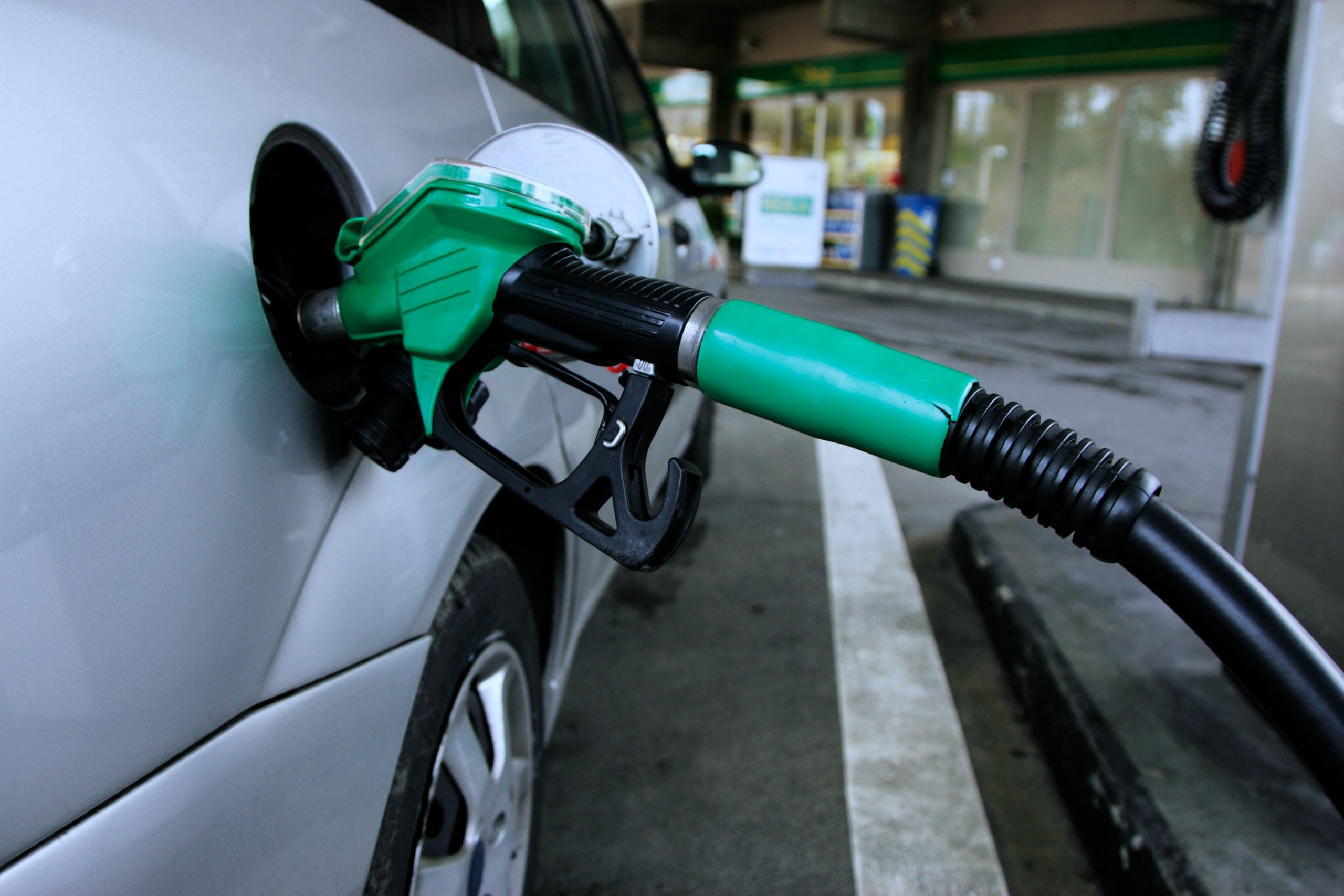Racing to make your morning meeting, you pull into a gas station and pump what should be 14 gallons into your compact car. The nozzle clicks off at $45, but your gauge barely moves past half full. You’re not imagining things — you just paid for fuel that never reached your tank. With gas prices crushing budgets nationwide, these pump problems have evolved from minor annoyances into genuine theft.
When Environmental Protection Costs You Money
Those environmentally-friendly vapor recovery nozzles mandated across most states rely on sensitive sensors to capture harmful fumes during refueling. The problem? These sensors often behave like an overzealous bouncer, shutting off fuel flow when your tank still has several gallons of space remaining.
You’ll pay for 15 gallons while actually receiving 12, with the “missing” fuel trapped in the pump’s vapor recovery system. This isn’t malicious fraud — it’s an unintended consequence of pollution regulations that stations rarely advertise when the numbers don’t add up on your receipt.
The Real Thieves: Skimmers and Hose Swappers
Card skimming at gas pumps has increased roughly 10% annually, with criminals installing nearly undetectable devices inside pump readers to steal your financial data. Meanwhile, physical scams have emerged that make skimming look simple.
California surveillance footage captured thieves swapping pump nozzles so victims’ payments activated fuel delivery to the criminals’ vehicles instead. These aren’t urban legends — they’re documented theft schemes banking on your distraction during routine refueling. Unlike sensor malfunctions, these operations deliberately target your money and personal information.
How to Fight Back
- Use the slowest pump setting to minimize sensor false positives and splashing
- When the nozzle clicks off, stop immediately — topping off increases the risk of paying for undelivered fuel while potentially damaging your car’s emissions system
- Before pumping, confirm your hose actually connects to your vehicle and check for broken security seals on the pump
- Choose credit over debit for stronger fraud protection
- Avoid the outermost pumps where criminals prefer installing skimmers away from station surveillance
- Watch your fuel gauge during filling — if something feels wrong, trust that instinct
You’re paying for gasoline by volume delivered, not attempted. Like checking your restaurant bill for phantom charges, a little vigilance at the pump protects both your wallet and your data from an industry where consumer protection often takes a backseat to regulatory compliance and criminal opportunity.





























